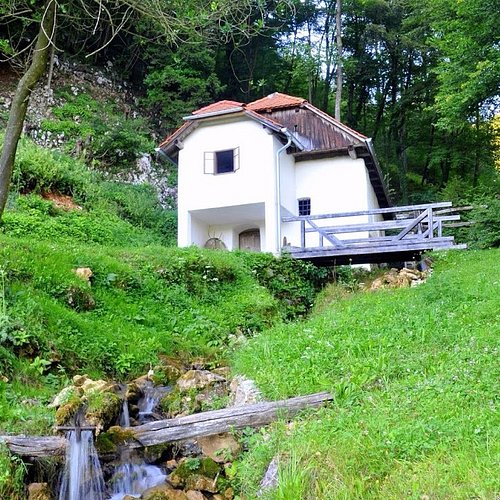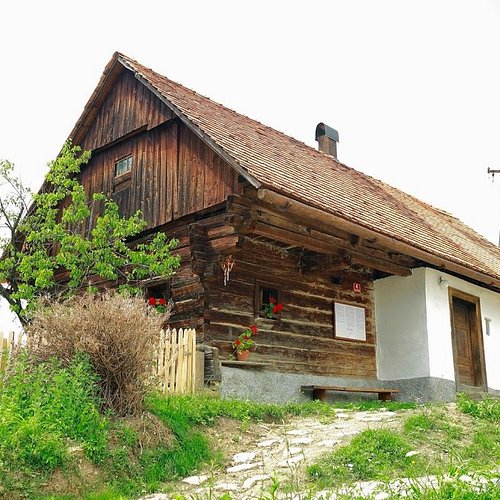What to do and see in Dobrna, Styria Region: The Best Sights & Landmarks
Discover the best top things to do in Dobrna, Slovenia including The Parish Church of the Assumption of Mary, The Vovk Mill, The house on the lawn or the post office, The Cultural Heritage House, Villa Ruzicka, The Sumej black kitchen, The New Castle or Neuhaus in Lokovina, The parish church of St. Judoc.
1. The Parish Church of the Assumption of Mary
Overall Ratings
4.5 based on 4 reviews
The parish church is the main religious building in the centre of Dobrna. Clearly visible from every direction, it dominates the town from a small hill. The current church was built in 1844 on the ruins of the old church in the Baroque style, which survived in the countryside well into the 19th century.
2. The Vovk Mill
Overall Ratings
4.5 based on 2 reviews
Over 450 years old, the upper Vovk mill is the best preserved watermill in the valley.You will find it north of the house at Lokovina 36, known locally as the Vovk homestead. Situated on the right bank of the Temnjaski vrelec stream, the mill was used in the past to grind flour for the Snake Castle.Mostly built out of wood, the mill still boasts original ceilings, something of a rarity in Slovenia
3. The house on the lawn or the post office
Overall Ratings
4.0 based on 1 reviews
The house was built in 1850. It was later demolished and completely rebuilt as the house you see today. The left side of the ground floor was occupied by the post office, while the right served as a cellar. This was also the home of the local police constable.To this day, the building remains one of the most beautiful examples of Late Classicism in Dobrna.
4. The Cultural Heritage House
Overall Ratings
4.0 based on 2 reviews
In a roofed double hayrack, an agricultural building used in the past by Terme Dobrna, you will discover a fascinating collection of objects that tell stories of the life and work of our ancestors. The collection includes tools used in shoemaking, tailoring, milling, roofing, brewing liquor, smithing, beekeeping and other trades.
5. Villa Ruzicka
Overall Ratings
3.5 based on 5 reviews
This is another cultural monument from Dobrna’s history that only gives us a vague idea of its past glory. Just a short walk from the centre of the town towards Hudicev graben you will see ruins on the right side of the road. They are now almost completely hidden by vegetation. The villa was built on the spot of the erstwhile Grobelnik farm by Count Aichelburg in the mid-19th century.
6. The Sumej black kitchen
The oldest part of The Šumej homestead in Brdce above Dobrna is an open-fire or "black" kitchen, featuring a small window as a smoke escape and beautiful details on the wooden hinges of the front door.. Inside the house, it feels as though time stood still, allowing visitors to experience for themselves how people lived here over three centuries ago.
7. The New Castle or Neuhaus in Lokovina
The New Castle was built in 1774 by Baron Franc Ksaverij Avgustin Dienersberg to serve as his new home. The castle had a number of other owners. After World War II , it housed the Ivanka Uranjek Institute for War Orphans for many years. Later, it was renamed the Miha Pintar House and used as a centre for young people with special needs. Today, the building is state-owned and lies empty.
8. The parish church of St. Judoc
The Neogothic parish church of St. Judoc, built in 1884, is situated just under the summit of Paski Kozjak, at an altitude of 1063 m. A typical example of rural sacred architecture, it is the modesty of the building that has the greatest impact on visitors in search of spiritual comfort.








